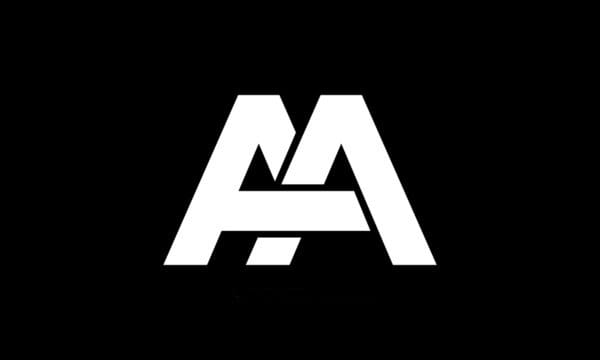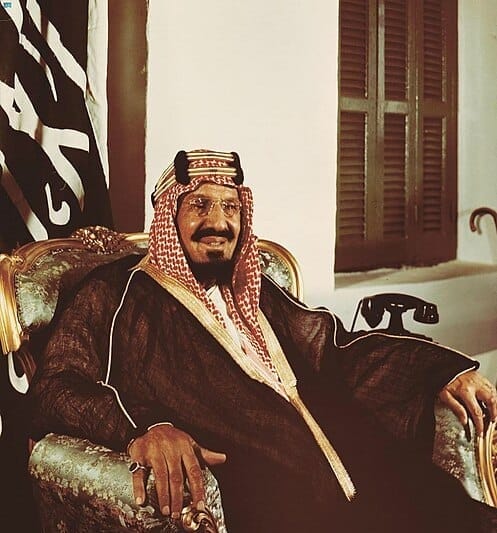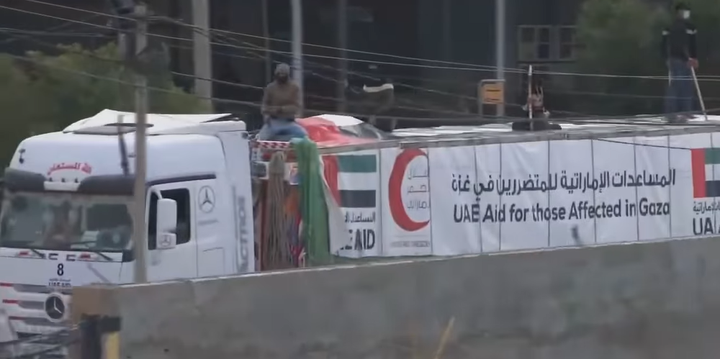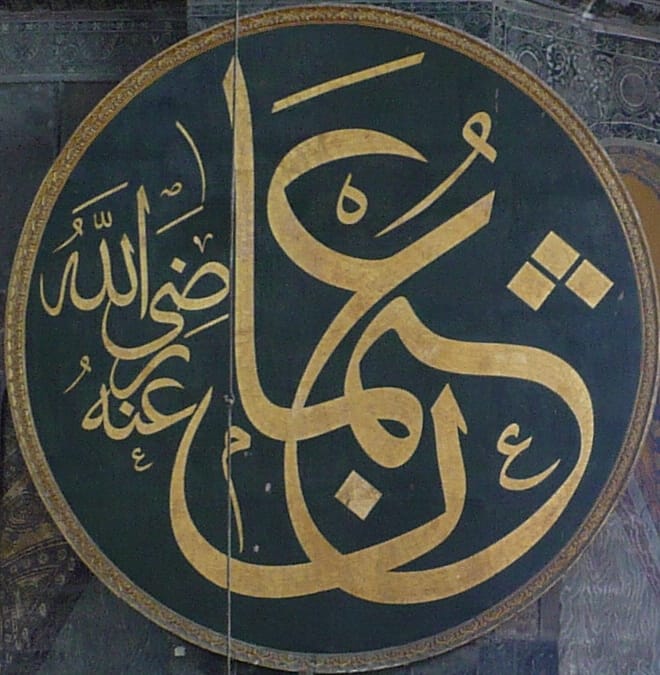Would there be Islamic unity today if Israel had not attacked Iran & Hezbollah? Not Likely! Israeli deterrence encourages Peace.

This article examines the drivers of Iran's conciliatory tone with its Arab neighbors since Israel destroyed their extensive military investments in Hezbollah in Lebanon and followed up with an attack on Iranian soil.
The paper asserts that, except for the intense military bombardments of Israel in Lebanon and the direct attacks on Iran, they would still be threatening the Arab states and Israel.
Iranian Introduction of Russian Military Resources into the Region & Their Destabilizing Acts
Iran's 1979 Revolution was driven by the promise to create an Islamic theocracy. Iran was to be ruled by the authority of the highest religious council.
Since it happened in the final years of the Cold War, the leaders of the Iranian Revolution stated that Iran would not turn to the East or West. Thus, Iran thrived as a non-aligned state throughout the Cold War.
However, things changed tremendously in 2011 when Iran almost singlehandedly rescued their allied regime in Syria from a revolution. This paved the way for the bloody civil war that led to over 500,000 Muslim deaths - many of them Arabs.
In the process, Iran and Saudi Arabia repeatedly accused each other of importing the Arab Spring into their territory to overthrow their respective governments[1]. Some scholars assert that the structural drivers of the Saudi-Iran tensions are a result of (1) the power gap created by the overthrow of Saddam Hussein and the civil war that followed and (2) the proliferation of violent militant groups in Syria, Lebanon, and Yemen after the Arab Spring[2].
Iran presented the war in Syria as an existential matter for the regime. Thus, they went to great lengths to secure the help of Russia and China in arming the Syrian regime. They also relied on these superpowers for diplomatic and continuous arms supplies.
Over-Militarization of Iran After the IRGC’s Unchallenged Advancement in the Levant
After the civil wars died down in Syria, Iraq, and Lebanon in 2020, Iranian proxies were almost unchallenged in the Levant region. Shiite militias and political groups held immense power in Iraq. Syria’s regime survived. And Yemen came to a stalemate with the Saudi-led coalition, especially after Biden took over and restricted the shipment of American arms.
Thus, the militarization of the Iranian proxies intensified. Hezbollah, which had played a significant role in the war in Syria, was now in control of most of Lebanon. This allowed them to arm themselves with many expensive weapons made with Chinese and Russian technologies.
Smuggle routes developed, and these arms got to Hamas in the Gaza Strip.
Iran was stocking up, and the incitement and radicalization increased.
Israel warned their US allies of the dangerous expansion of the Iranian IRGC and its supply of weapons throughout the region.
In September 2019, Houthi rebels launched attacks on Saudi oil and petroleum installations. The Houthi military structure is not sophisticated enough to develop and manage drones and other precision-guided missiles over such long distances. However, with apparent Iranian help, they could acquire these sophisticated weapons and fire them at strategic Saudi installations.

The United States, under Donald Trump, placed the blame entirely on Iran for orchestrating the effort on Saudi Arabia.[3].
Ultimately, Iranian major general and head of the Quds Force, Qasim Soleimani, was identified to be behind the act. The US, with the help of Israeli intelligence, executed Soleimani in Iraq in January 2020, months after the attacks on the Saudi oil installations.[4].
Iranian Military Policy Shift to Hezbollah as the First Line of Defense
After the execution of Soleimani, Iran took a more covert approach to arming its militias in the Levant. They were now virtually unopposed in the area and had cordial relations with the governments of Iraq, Syria, and Lebanon.
Lebanon, in particular, experienced a serious political crisis, which allowed Hezbollah to quietly expand its scope.
The IRGC expanded the arc of terror all the way down to the deep south of Lebanon. Iran saw an opportunity to make Lebanon the first line of defense for Iran against Israel.
Just like North Korea was for the far eastern boundaries of the Communists against the wealthy Capitalist Asia-Pacific rim, Iran sought to over-militarize Hezbollah and used it as the first point of call in a future attack on Israel.
By 2023, Hezbollah was the largest non-state militia in the world. During its financial crisis, Lebanon's army had fewer assets and soldiers than Hezbollah. However, it had more experience from its involvement in the War in Syria and superior military equipment—mostly sponsored by Iran.
Iran on the Retreat after Establishment of Israeli Deterrence & Regrouping in Iraq
However, whether by design or by error, the October 7th attacks led to the first direct confrontation between Israel and the Iranian arc of terror. Hezbollah, which felt compelled to act, launched its first air attacks on Israel the next day, October 8. This confirmed their intention or desire to act together with Hamas.
While the IRGC has claimed that Hamas acted on their own, Israel took time and acted in a calculated manner.
Apparently, Israel thought of post-war Gaza in all its operations. Thus, Israel invested significantly in confronting Hamas and weakening it to the most extreme level. Hamas will not be able to regain military and ideological power at the level they were before this war any time soon.
On the other hand, Israel’s actions up north took time, but it was far more spectacular and decisive than what Israel wrought in Gaza.
First came the pager attacks, which created a lot of confusion in Hezbollah circles.
The previously assumed invincible Hezbollah was thrown into panic.
As the charismatic leader, Hassan Nasrallah, went on air to condemn Israel for the pager attacks and vow revenge, Israeli Air Force pilots flew overhead as if to say they had no fear of him. Days later, Nasrallah was killed in a bunker he believed he would always be safe in.
After that, Israel destroyed billions of dollars in military assets and resources in Lebanon. To the point that Hezbollah will only be a shadow of its former self for many years to come.
Hezbollah leaders were taken out one after the other. And the top IRGC officials had to move back to Iran.
The cloud of the unchallenged military rein of Iran over the Levant was confronted directly for the first time.
Israel surprised everyone with the scope of damage they wreaked on Iranian military assets and proxies. Israeli intelligence was precise and straight to the point.
In hindsight, Iran’s 180-missile attack on Israel on October 1, 2024, was a panic reaction to how Israel managed to hit Hezbollah so hard in such a short time. The mighty and previously thought invincible Hezbollah military with drones and capabilities that could overwhelm the Iron Dome could not respond. And worse than anything, it all happened in just a week.
Islamic Unification as a Survival Tool for Iran
In the apparent response, Iran had to play the religious card to reduce the pressure and threat they faced. First, the Ayatollah delivered a speech invoking Islamic concepts, highlighting the Palestinian cause as central to all Muslims. He conveniently forgot to mention the deaths of the over 1 million Muslims in the wars his men had spread.
Then, Iran quietly sought to open up Iraq to fleeing Shiite refugees from southern Lebanon.
Clearly, the Lebanese people had had it with Hezbollah and the majority group that supported them. Also, there was the ever-present risk that any Shiite that was invited into the home of a Lebanese Sunni or Christian could be a legitimate target. Thus, Shiites found it more appropriate to flee to the northeast – into Iraq, which is a Shiite-majority country.
Official records show that almost 50,000 Lebanese nationals moved into Iraq between September 20, when the Israeli offensive in Lebanon started, till November 3[5]. While a quarter of these refugees have since returned to Lebanon, the overwhelming majority remain in Iraq.
Thus, it is likely the Iranian regime hopes to reinforce its defenses in Iraq instead of Lebanon. This is confirmed by the fact that Israel's air attacks on Iran showed that Israeli military power could cause a lot more damage if Iran does not halt its destabilizing acts in the region.
Conclusion
Deterrence from Israel discourages the irregular use of military power in the Middle East. Unity among Islamic countries has taken a completely different turn since Israel directly confronted the Iranian regime and their proxies in the Levant. Iran and Saudi Arabia's foreign ministers engaged in a less intense manner before Israel's actions in Lebanon in September. Iran threatened many of its neighboring states militarily in many forms. However, after the execution of Hezbollah's top command, destruction of their military assets, and direct attacks on Iranian soil, things have changed. Iran has shown a greater willingness to respect and honor the spirit of existing international law, which encourages diplomacy and peaceful resolution of conflicts over violence. While Islamic countries in the ongoing Riyadh summit continue to demand a unilateral pause of Israel's military effort in Gaza, it is apparent that a peaceful resolution to this conflict is much closer now than it was in the past. The only difference is that Iran trusted in its over-militarized posture in the Levant. It was only after it was dismantled with force and Iran was attacked directly that they looked inward to embrace peaceful coexistence with their Arab neighbors and seriously pursue a diplomatic end to the Gaza War.
[1] Pauline Crepy. “Proxy Warfare’s Impact on Sectarianization: The Case of the Saudi-Iranian Rivalry” FLUX: International Relations Review. 2018 pp23-35
[2] Muhammad Nadeem Mirza, Hussain Abbas, Irfan Hasnain Qaisrani. "Structural Sources of Saudi–Iran Rivalry and Competition for the Sphere of Influence" Sage Open 11 (3) 2021 DOI: 10.1177/21582440211032642
[3] Roberta Rampton & Arshad Mohammed. "U.S. blames Iran for Saudi oil attack, Trump says 'locked and loaded'" Reuters. Published: September 16, 2019. Available at: https://www.reuters.com/article/world/us-blames-iran-for-saudi-oil-attack-trump-says-locked-and-loaded-idUSKBN1W00SD/
[4] AP News. "Ex-intel chief confirms Israel’s role in Soleimani killing" Published: December 21, 2021 Available at: https://apnews.com/article/middle-east-iran-jerusalem-israel-military-intelligence-cfba78c69ae656697684ab92c4cac5b9
[5] Rudaw. “Over 36,000 Lebanese refugees entered Iraq: Ministry” Published: November 11, 2024. Available at: https://manage.rudaw.net/english/middleeast/iraq/10112024




